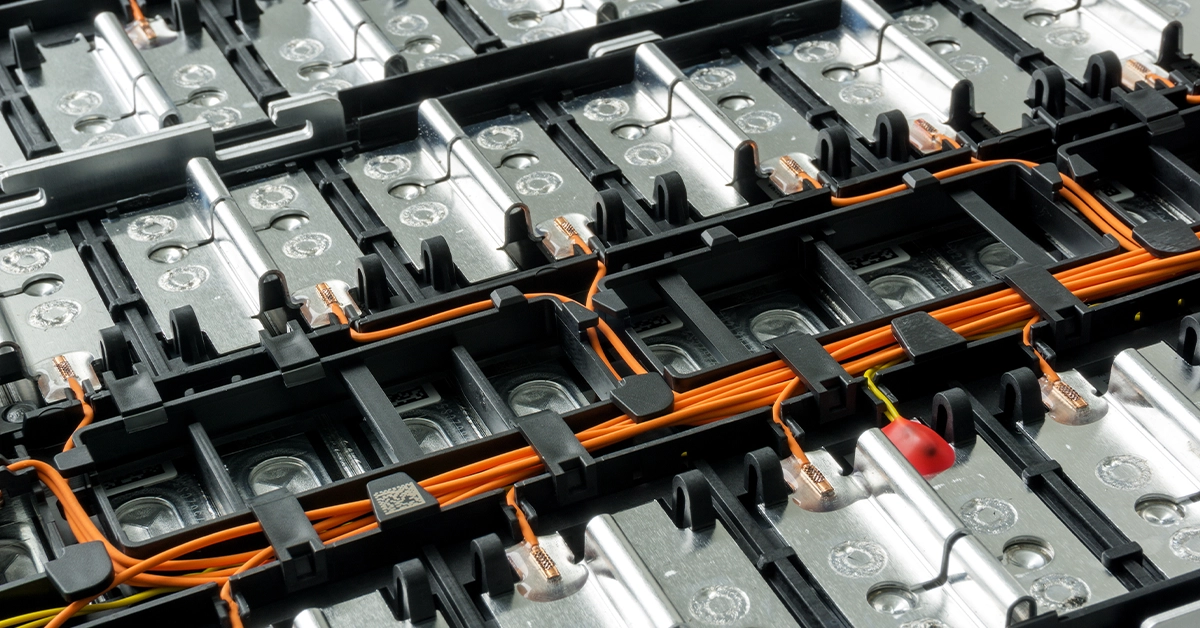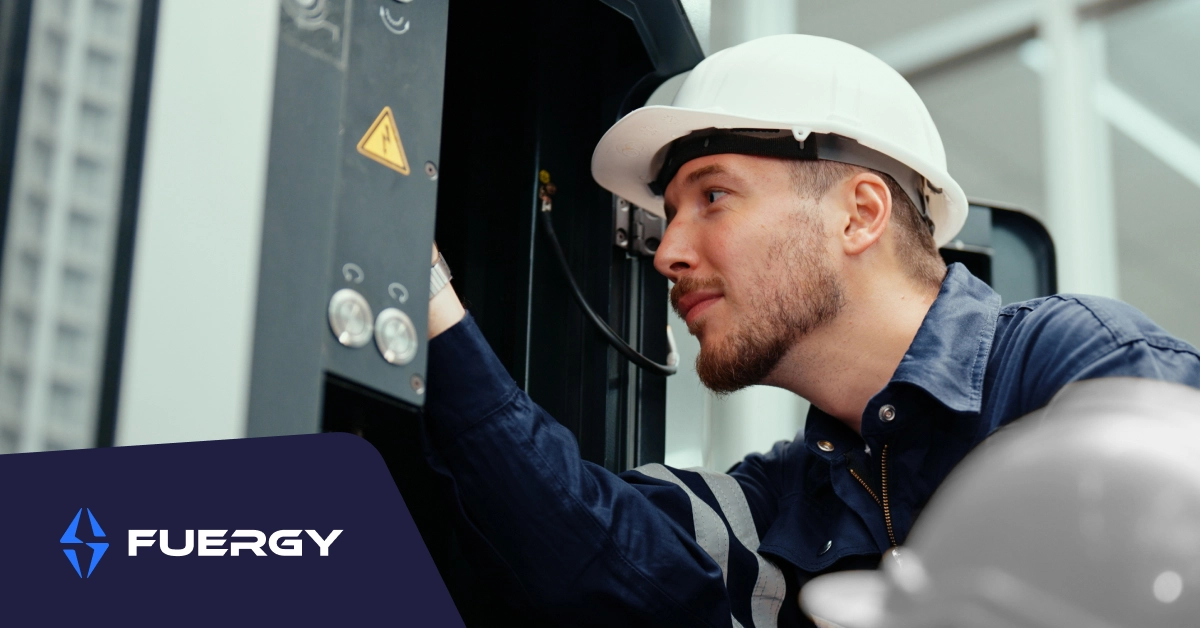
Lithium batteries were first proposed by British chemist Michael Stanley Whittingham while he was working for Exxon in 1976. Lithium is a highly reactive element; it ignites when exposed to normal atmospheric conditions because of its spontaneous reaction to water and oxygen. As a result, the team led by the British scientist decided to develop batteries in which, instead of metallic lithium, only lithium compounds are present, being capable of accepting and releasing lithium ions.
1976 also marks the year when US physicist John B. Goodenough began his tenure at Oxford University. His next decade as head of the Inorganic Chemistry Laboratory saw him make several much-needed improvements to the lithium battery as he realized that oxide cathodes would perform in a Li-ion battery and would be safer than the previous lithium designs.
In 1985, a research team led by Japanese chemist Akira Yoshino of the Asahi Kasei chemical company built the first lithium-ion battery prototype, a rechargeable and more stable version of the lithium battery. In 1991, Sony and Asahi Kasei began to mass produce the first commercial lithium-ion battery. However, the technology was still in its early days and there was a number of issues that would be fixed in the upcoming decade.
Today, Li-ion batteries have become the standard for virtually all modern electronics, as well as electric vehicles (cars). Lithium has become an important resource that is commercially mined and exported to support the global economy in electronics, with much of it being sourced from salt flats in South America, especially Chile.
For an animated explanation of how Li-ion batteries work, check out this excellent video:
So why are Li-ion batteries such a big deal? From a mechanics standpoint, they are unique in how they are not a purely chemical reaction (such as that of lead-acid batteries) and instead provide energy through ion movement between each cell’s anode and cathode.
They boast a superior weight to energy ratio when compared to earlier batteries such as lead-acid, Ni-MH and Ni-Cd models. They also possess a higher voltage and faster recharging. However, their key advantage is their high energy density (from 250 to 693 Wh/L compared to 60–110 Wh/L of lead-acid car batteries), which is why they are so important in many appliances and items that need to be lightweight. Without the Li-ion revolution, we’d probably never have the smartphone revolution, we wouldn’t have commercially-produced electric cars, most high tech consumer electronics would require a cord or have severely shorter battery life, or we would have much heavier products that wouldn’t be as convenient.
Let’s summarize why Li-ion batteries are so important to our world today:
Advantages
- High energy density — potential for yet higher capacities.
- They do not need to be primed when new. A single regular charge is sufficient.
- Relatively low self-discharge — self-discharge is less than half that of nickel-based batteries.
- There is no battery memory effect, requiring less maintenance.
- Specialty cells can provide very high current to applications such as power tools.
The revolution that began all the way back in the 1970s with the first lithium batteries has brought all the way into the early 21st century when the technology has become commonplace and is used by people all over the world in their daily lives. A large Li-ion battery is an essential part of the FUERGY Device and we are excited to see how there are still advancements being made, to this day, with this unique and powerful source of stored energy.
We hope you enjoyed the first part of our serial of articles on batteries. In our next article, we will examine the future of Li-ion batteries as well as the alternatives to lithium-based models that are being currently proposed by researchers in the field of accumulation and energy storage.
At FUERGY, we follow this vision and bring unique solutions that bridge the gap between economic and ecological. Read our other articles or contact us today! Our experts are here to help you find a tailor-made solution to your needs.
New dimension of energy optimization





